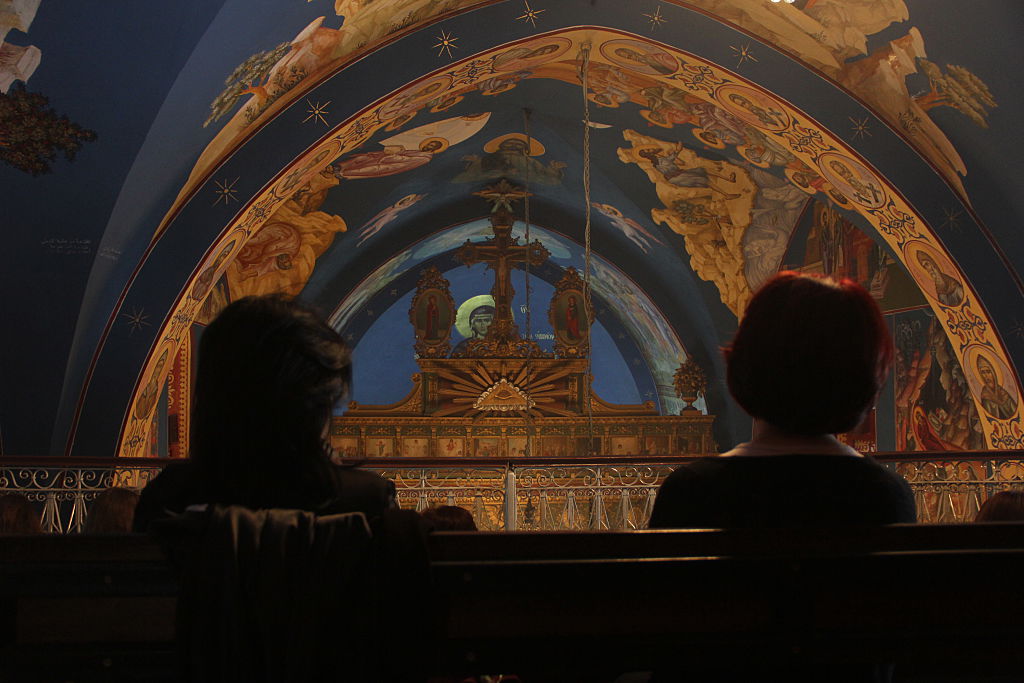With $1.8 Billion in Sales, Auctions Return to the Fair and Sober
Historically, the fall marquee New York auctions are measured by fairly specific criteria: they bring important estates to the block and, with them, some of the world’s most coveted artworks, ones that have the potential to set new records. The performance of those works at auction is, in turn, closely watched by the trade for signs of which artists are in demand. The past couple weeks sent clear signals about shifting tides between the blue-chip artists that typically dominate the market and heretofore overlooked ones.
That there were lower price points for the most valuable works this time around, and record prices for artists that had previously been undervalued, is borne out by the difference between the total generated by this year’s sale compared with last year: with roughly the same amount of art for sale, this year, Sotheby’s, Christie’s and Phillips made around $1.8 billion, inclusive of fees, versus last year’s $2.6 billion.
In the sales last week, many of the artists who made new auction records were highly respected ones, as opposed to those with scant exhibition histories. The late Agnes Martin is widely recognized as a foremost American artist; the work of Barbara Chase-Riboud, a sculptor in her 80s whose work leans conceptual, is highly respected, yet virtually unseen at auction. Chase-Riboud’s La Musica / Amnesia (1990) sold for “a record-setting $647,7000, more than five times the high estimate ($80,000-$12,000)” and more than double her previous auction record, according to Culture Type. Compare this to the pandemic years of 2020 and 2021, when auction houses were setting consecutive records for scores of painters with few shows under their belts.
Correspondingly, this November’s sales focused less on younger artists. In Phillips 20th Century and Contemporary Art Evening Sale, 50 percent of the lots were appearing in the auction market for the first time, down 30 percent from its equivalent sale this past May. Reset auction records for established women artists and artists of color, among them—Martin and Barkley Hendricks, at $18.7 million and $8.4 million, respectively—reflected a greater equity that’s already been established on the private market for those artists, advisers said. (My colleague Daniel Cassady writes that the Martin result exemplifies the trend this season toward “a consistent showing by collectors looking for blue chip beauty.”)
Numerous folks in the trade chalk up the shift away from untested talent to recent dramatic change in interest rates. Allan Schwartzman, a New York art adviser and former Sotheby’s executive, said that during the pandemic and for some time after, lower interest rates propelled the speculative bidding seen for works by newly emerging artists, a dynamic that has now dampened as rates have risen. Last year, he said, “There was a noticeable number of collectors at the emerging level who were perhaps buying more liberally and depending upon low interest rates to do so.”
There might not have been quite so much material on the market this season had it not been for the appearance of a couple high-profile estates, like those of Emily Fisher Landau and Chara Schreyer, both of whom passed away earlier this year. Robert Manley, Phillip’s co-chairman, said that the heightened availability of works shifted this set of sales into a more diffuse terrain, making it less straightforward to orchestrate the kind of bidding intensity that raises prices to unforeseen levels—a trend that dominated auctions in the past two years. “It was harder to create bidding wars,” he said.
Schwartzman echoed this, adding that this month’s sales mark a return to a more “sober” environment in the trade, where prices are fair and bidding doesn’t climb to stunning heights—especially for little-known artists.
That’s good news for some. Serious collectors often leverage such a “softer” auction environment as an opportunity to access works previously beyond their reach, said New York art adviser Megan Fox Kelly. She emphasized that a more tempered marketplace can put some buyers at a strategic advantage when they’re calculating acquisitions with mind-bending values. “It’s a buyer’s market,” she said.
Of course, little is left to chance these days. $1.25 billion worth of artworks were brought to the block this season with financial backing through the use of guarantees: deals that auction houses arrange to off-set financial risks for sellers. For the highest-value artworks, auction houses work behind the scenes to establish benchmarks, and there is knowledge that only a select few buyers possess the capacity to compete at such elevated levels. These negotiations shape the landscape, predefining some of the sales’ outcomes. Last week, for example, figures for canonical artists stayed high relative to previous years: $129 million for Picasso at Sotheby’s and $34 million for a Richter at Phillips—the results were the top second and fourth prices for their respective artists. Some of the week’s most expensive lots, ones by Ed Ruscha, Jean-Michel Basquiat, and Claude Monet followed a typical course, hammering below their low estimates. At Christie’s, Monet’s Le Bassin aux nymphéas (1917-19) went for $74 million during a 20th-century evening sale. “Whoever bought that painting, the guarantor, bought it really well,” said Kelly. “It could have been a whole lot more.”
So, where is the market right now? Advisers downplayed the significance of short-term drops in overall auction sales as a metric for assessing the trade’s health. Compared to the 2008 recession, for instance, there is a far more global spread of buyers, said Kelly, meaning that the market’s recovery time from any given slowdown is now significantly shorter. The bottom line: “I think there is still a lot of discretionary money out there,” Kelly said.



